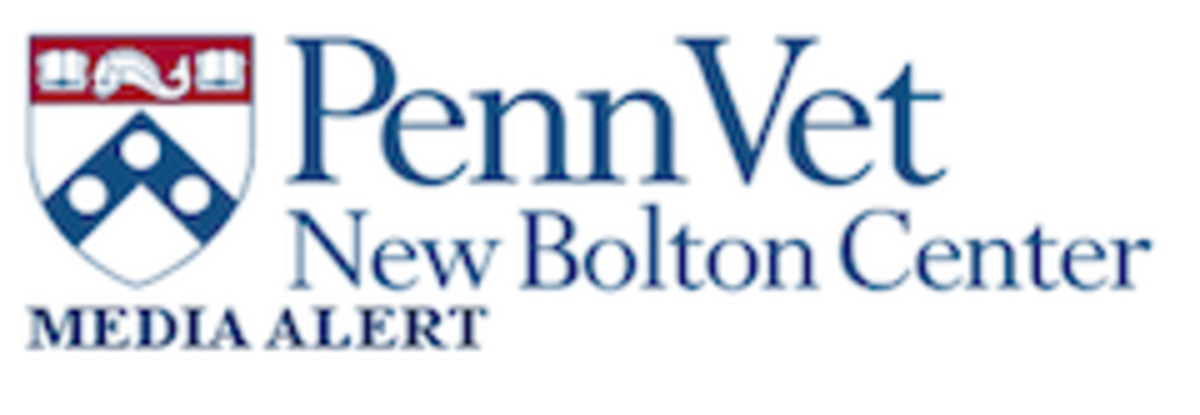Thoroughbred Racehorse Paynter Undergoes Surgery at New Bolton Center
- March 10, 2017
- ⎯ Fran Jurga
[VIDEOSINGLE type=”youtube” keyid=”w8P0rJlCJ98″, width=”560″, height=”344″]
The equine digestive system, including the cecum that was resected in Paynter’s case, is detailed in this video segment from Glass Horse: Horseowner’s Guide to Colic, a 3D animation cd-rom created by Science in 3D, an education project of University of Georgia College of Veterinary Medicine.
A press release from the University of Pennsylvania’s New Bolton Center explains in detail the surgery and care given to the racehorse Paynter at the George Widener Hospital for Large Animals there. I’m sharing the release with only minor editing to be sure that the information is as they presented the story.
[October 4, 2012; Kennett Square, PA]?On Wednesday, October 3, Haskell Invitational winner?Paynter, owned by Ahmed Zayat, underwent surgery at Penn Vet New Bolton Center?to remove an abnormality in his intestines.
Paynter, recovering from life-threatening colitis, suffered from persistent low-grade fevers,?protein loss from his intestine, discomfort passing manure and weight loss. Dr. Laura Javsicas, a?board certified veterinary internist, managed Paynter through the colitis. She identified a?potential abscess in his intestine and referred the horse to Dr. Louise Southwood, a board?certified surgeon and criticalist, at Penn Vet’s New Bolton Center for further evaluation and?possible surgery.

Dr. Southwood organized the team of specialists available at New Bolton to evaluate Paynter. Dr.?JoAnn Slack, a board certified internist who specializes in ultrasonography, confirmed the?findings. “The ultrasound equipment at New Bolton Center provided more detail and we were?able to confirm that it was Paynter’s cecum that was involved,” explained Dr. Southwood.
The?cecum is a blind pouch in the horse’s large intestine. The affected area began at the apex of the?cecum and extended 35 cm back toward the body. The cecum was thickened and there were at?least two areas that appeared to be abscessed. The omentum (a large fold of fatty tissue that?hangs down from the stomach) was adhered to the abscesses. The affected area was just to the?right of his midline making it surgically accessible.
Dr. Southwood confirmed that the cecum was exactly as it had appeared on ultrasonographic?examination. The affected part of the cecum was resected using stapling equipment, which?prevented any contamination of his abdomen during surgery. “We were able to better examine?the affected area of the cecum after surgery, and the abscessed areas were, in fact, full thickness?areas of necrosis that had been walled off or plugged by his omentum,” said Dr. Southwood. She?added that Paynter was very fortunate that the omentum had adhered to these areas, otherwise he?would have had leakage from his cecum into his abdomen.
“The decision to take Paynter to surgery was not made lightly,” said Dr. Southwood, “but tHe’surgery went well. He recovered like a typical three- year-old Thoroughbred colt?.anxious to?get up quickly! While there are still complications that can develop, we are happy with his?progress at this point.”
Paynter remains at New Bolton Center under the care of a team of veterinary specialists and staff?including internists consulting on care of his respiratory tract to prevent recurrence of his?pneumonia, which can be a concern with general anesthesia. New Bolton Center’s farrier?consults on his feet, and is in communication with the farrier who was initially managing the?horse’s laminitis. The nursing staff of certified veterinary technicians cares for him around the?clock.
Paynter continues to do well. His IV fluids have been discontinued and one of his IV catheters?has been removed. He has a good appetite. “He is constantly trying to get his veterinarians and?nurses to give him more food!” said Dr. Southwood. “He is getting quite demanding and will?only let us work on him if he has something to eat in front of him. We hope to have him back on?full feed by tomorrow. He has had, and continues to have, a great team of veterinarians and?veterinary nurses taking care of him. His care highlights our veterinary profession. Everyone?who has worked with him has fallen in love with him. He is a great horse in so many ways and?we are all hoping that he makes a full recovery.”
????????????????
About the University of Pennsylvania School of Veterinary Medicine
Penn’s School of Veterinary Medicine is one of the world’s premier veterinary schools. Founded?in 1884, the school was built on the concept of Many Species, One Medicine TM.
Penn’s School of Veterinary Medicine is the only institution in the state of Pennsylvania?graduating veterinarians. The large-animal facility, New Bolton Center, in Kennett Square, PA,?encompasses hospital facilities for the care of horses and food animals as well as diagnostic?laboratories serving the agriculture industry.
For more information about Penn Vet or its hospitals, visit www.vet.upenn.edu.
Thanks to Science in 3D and the Glass Horse for the instructional video segment. Click here to order.





